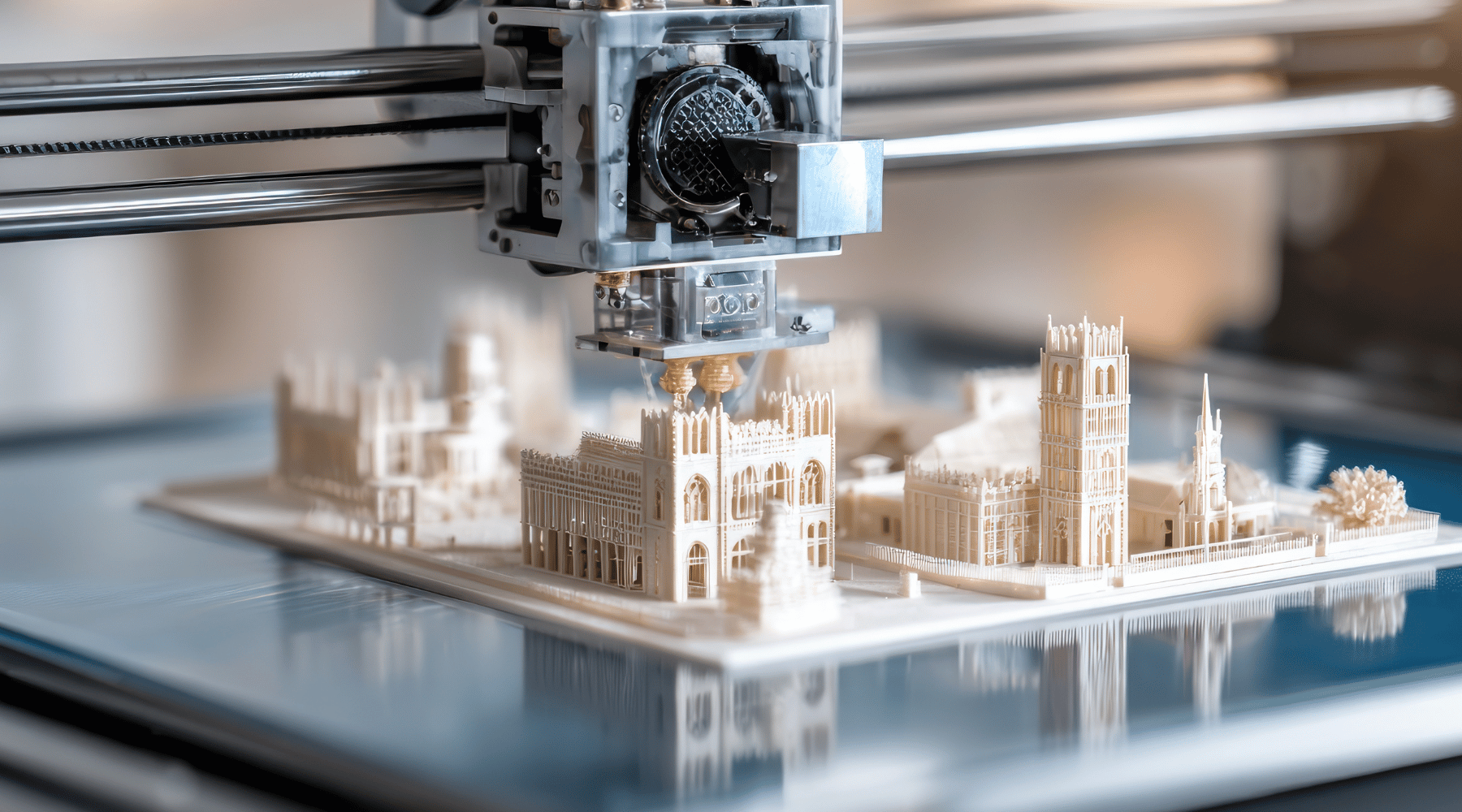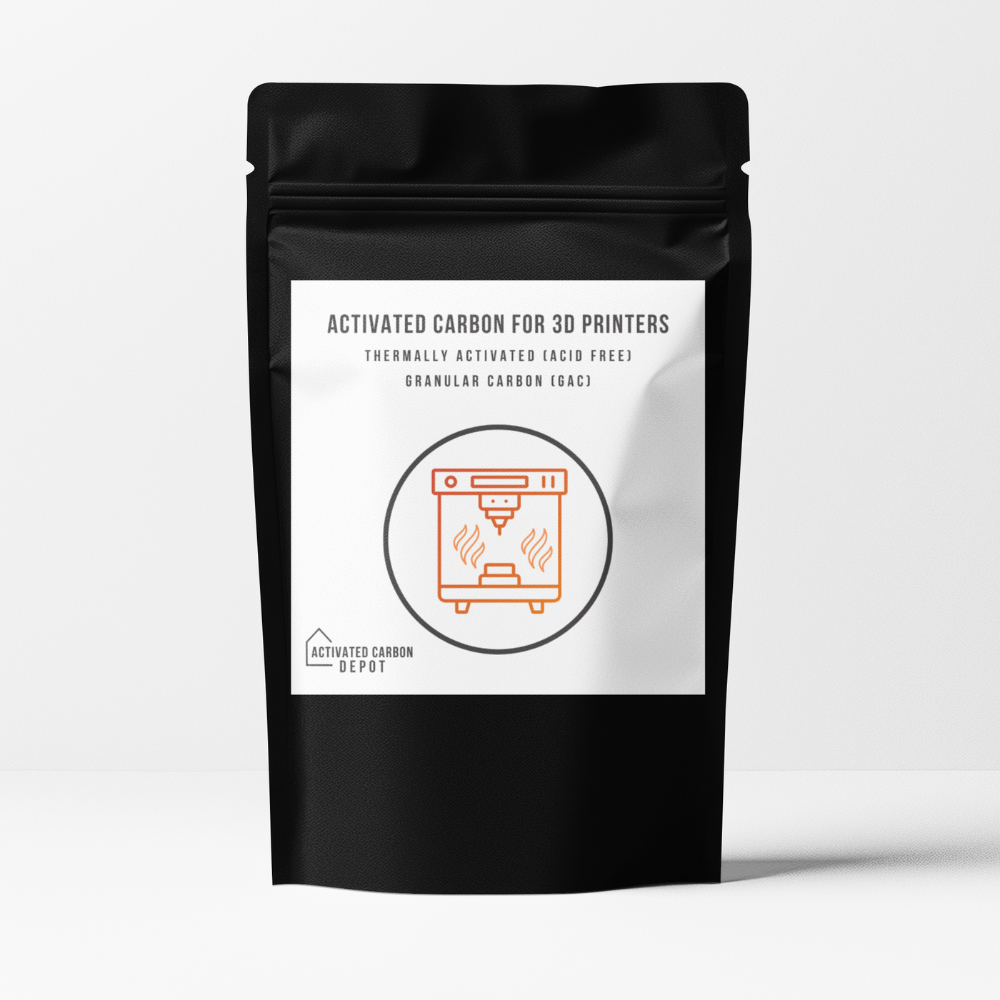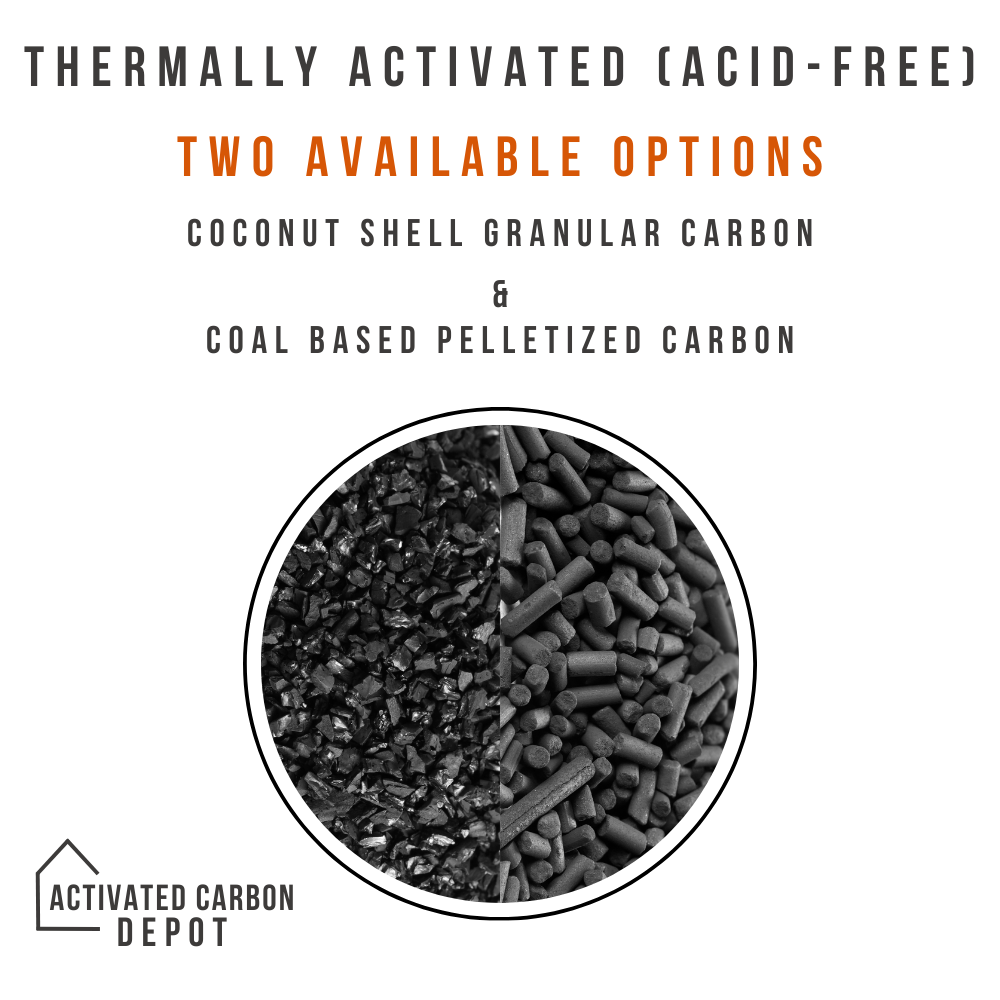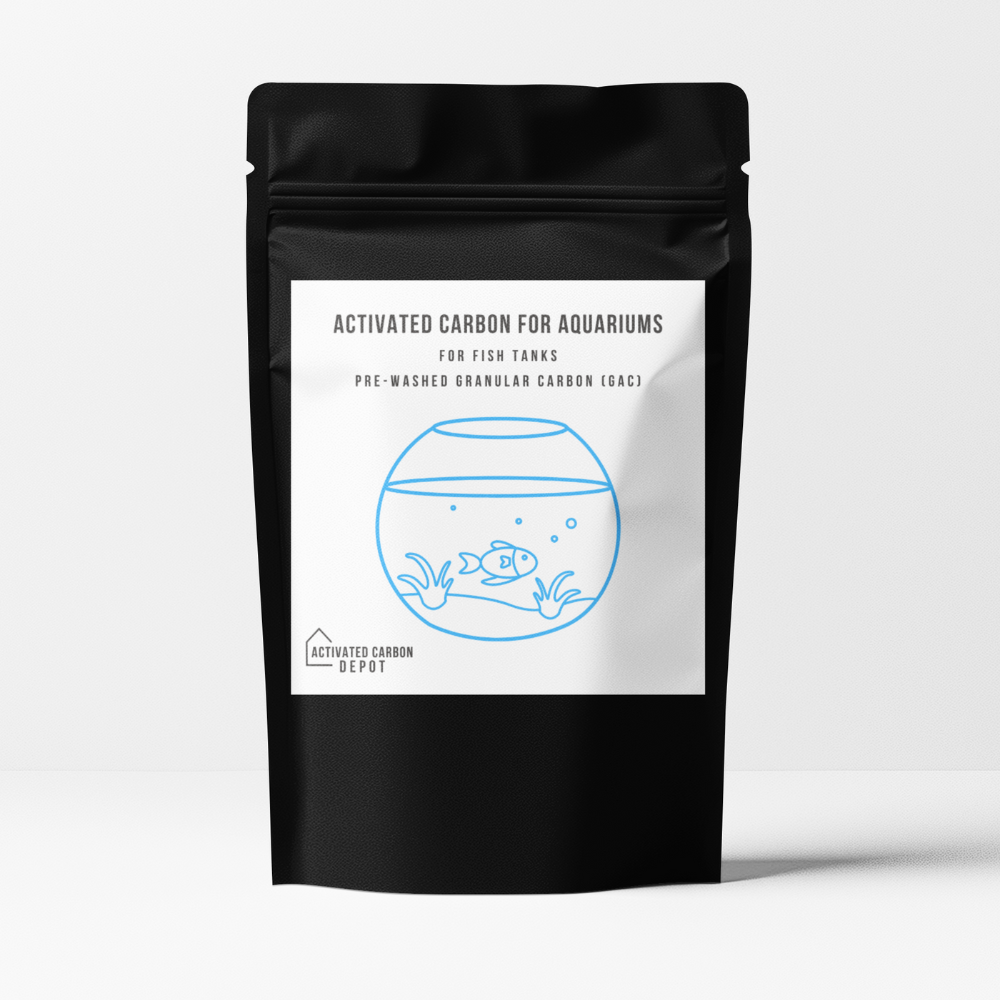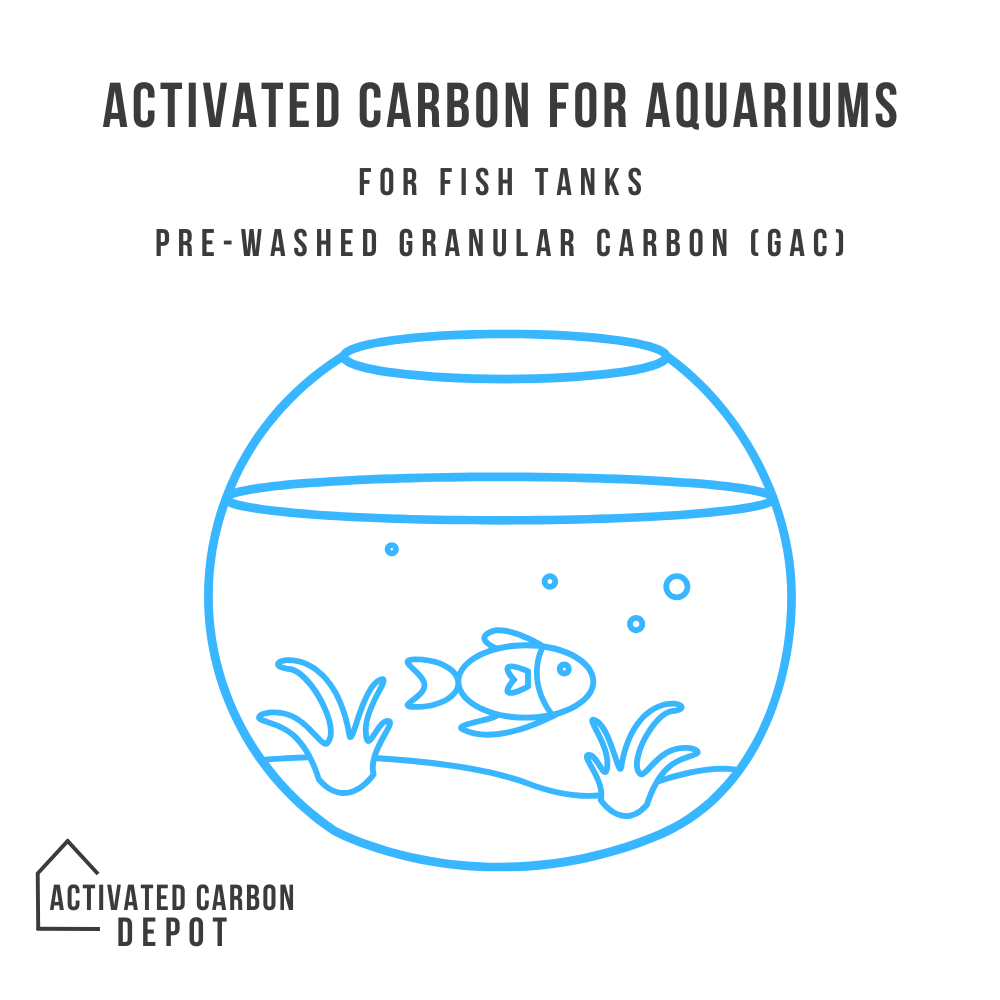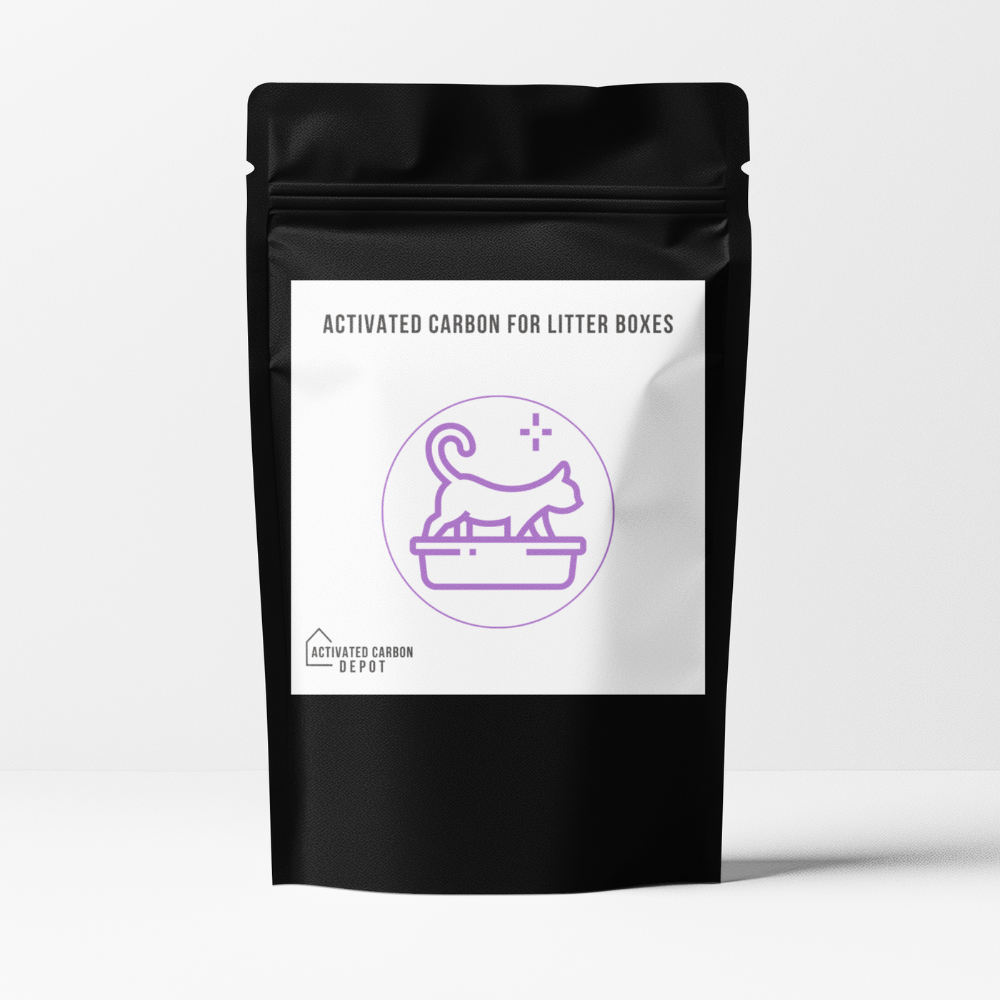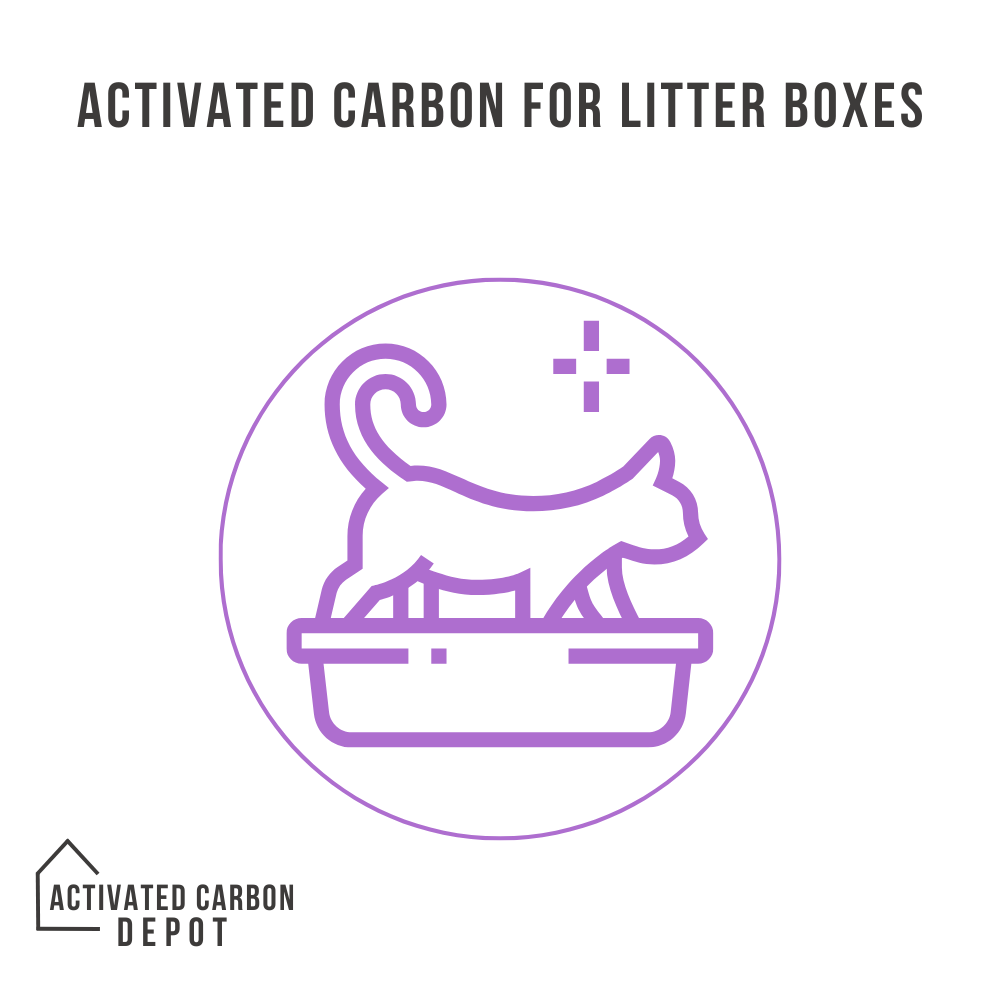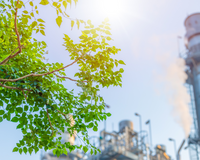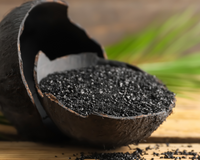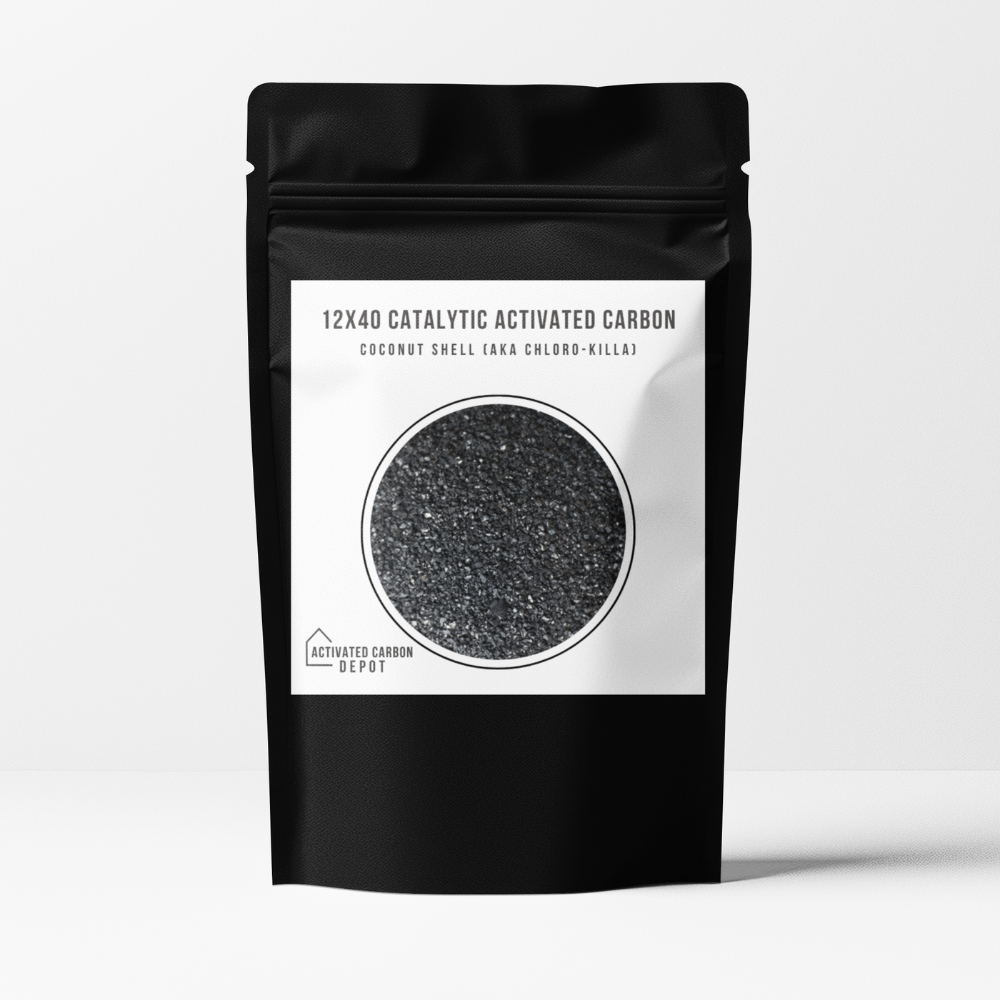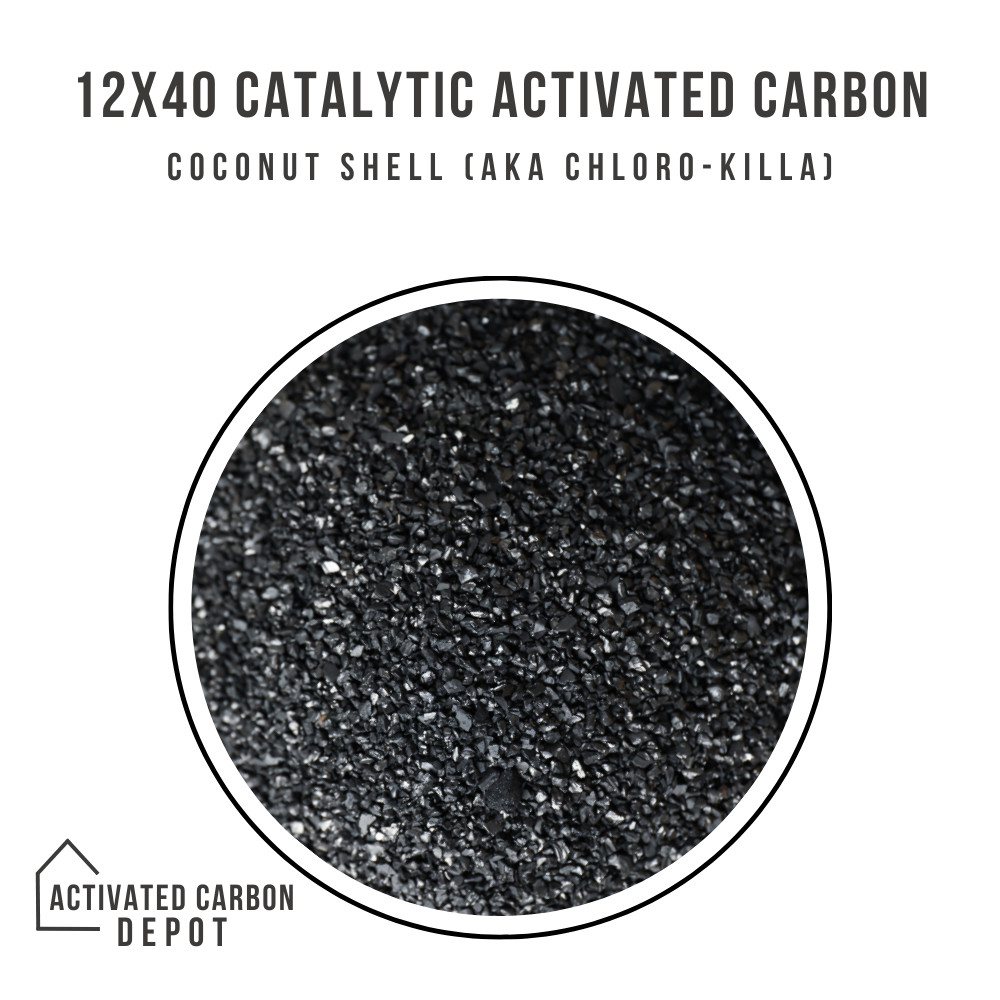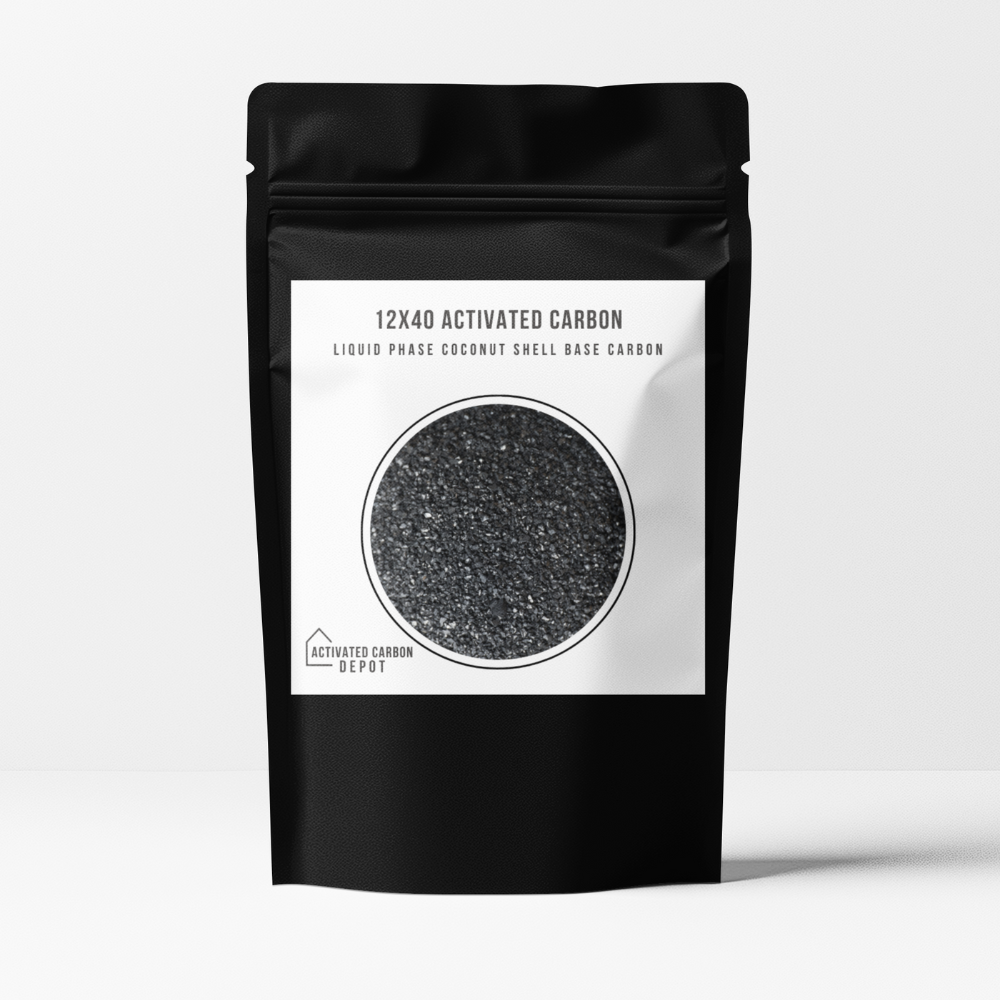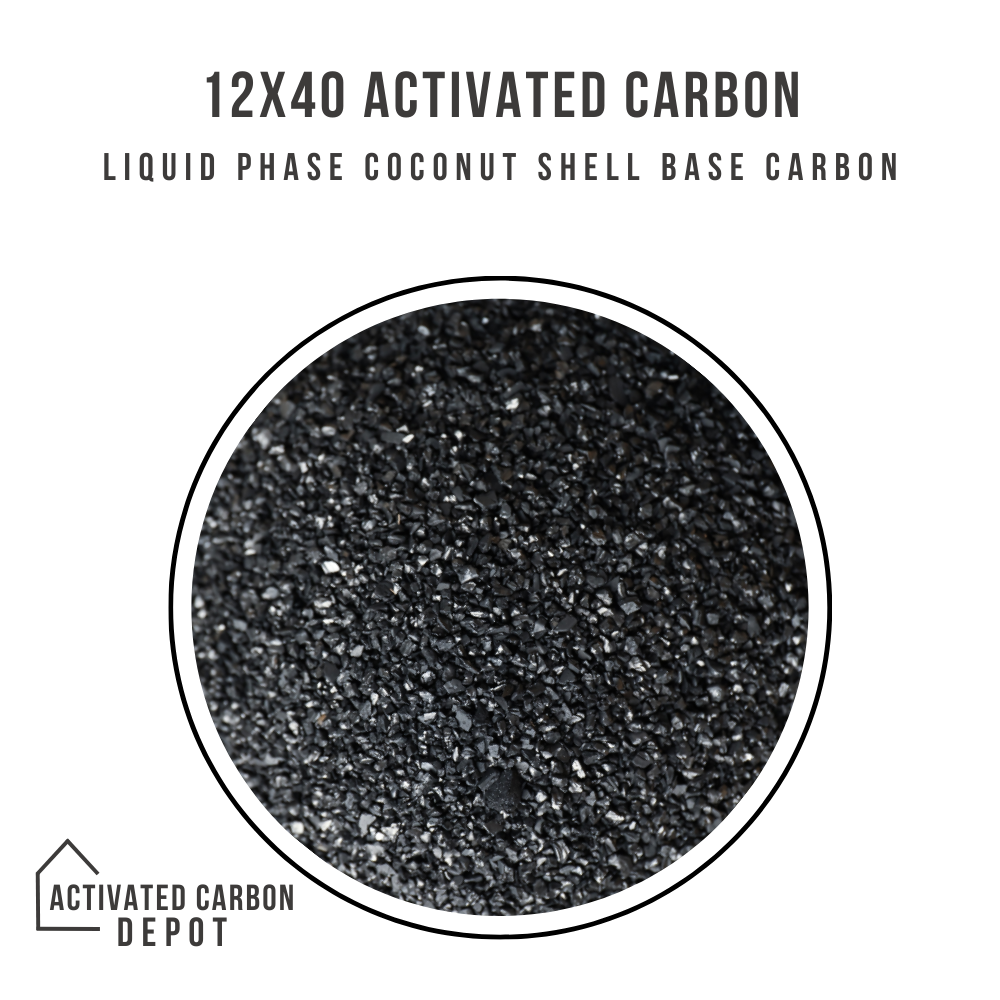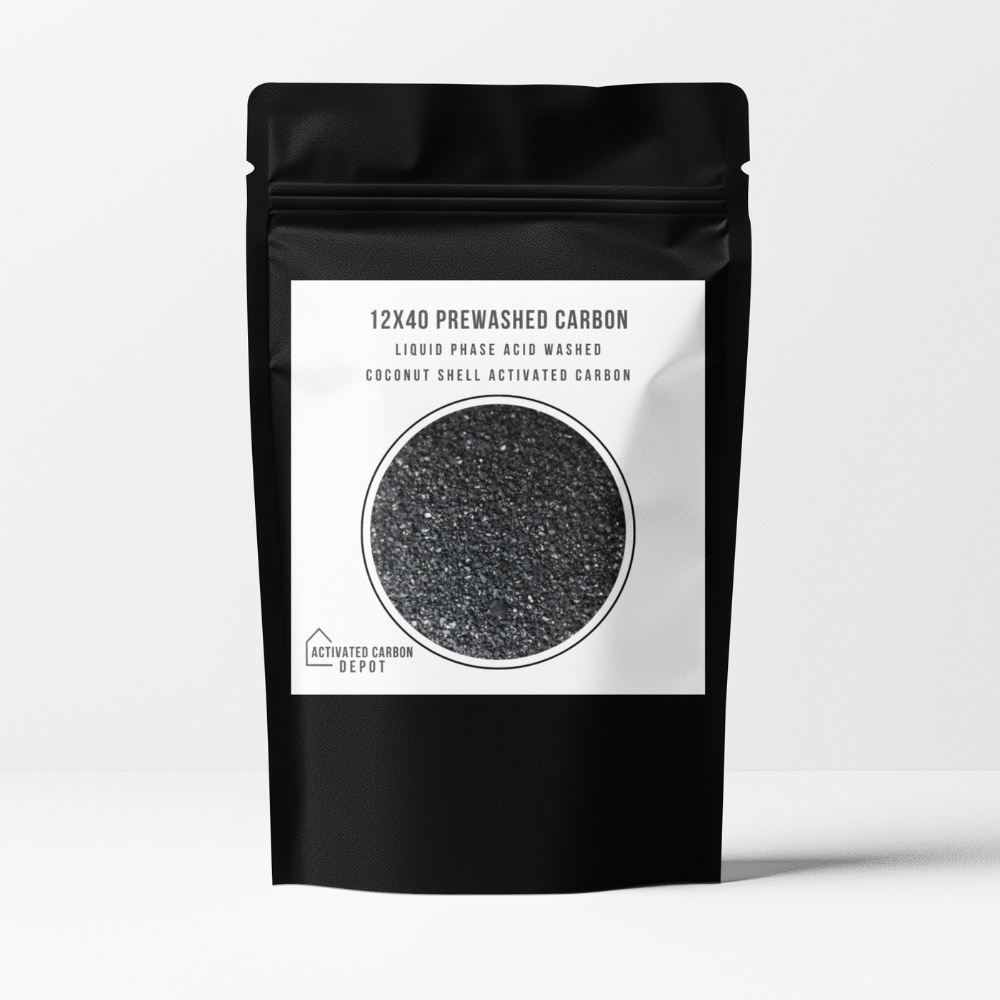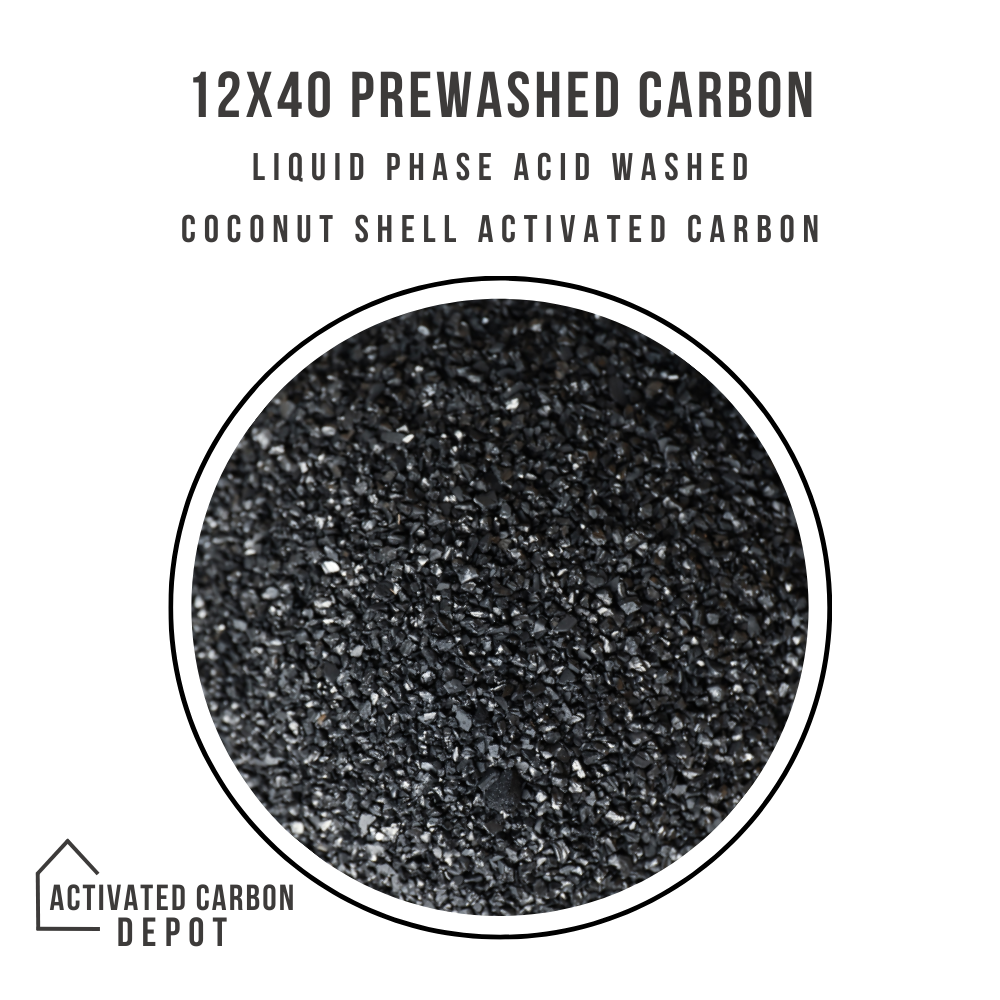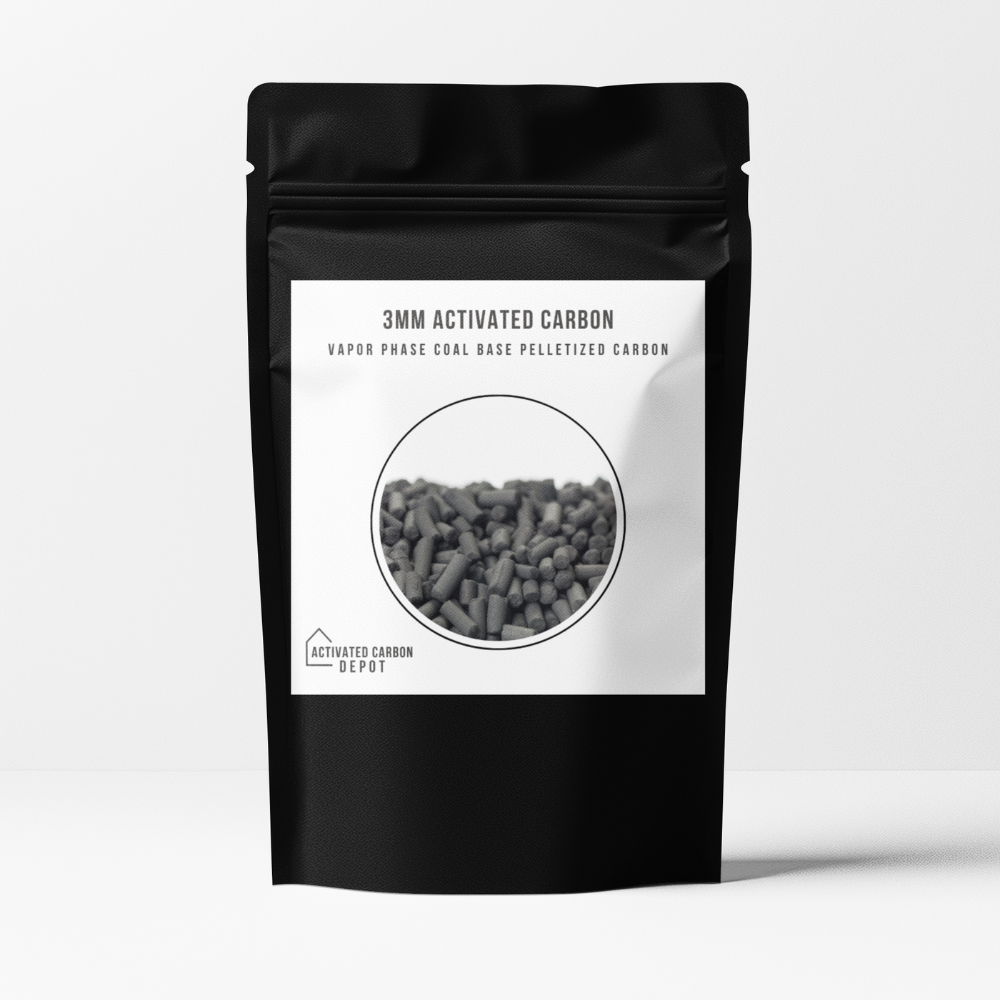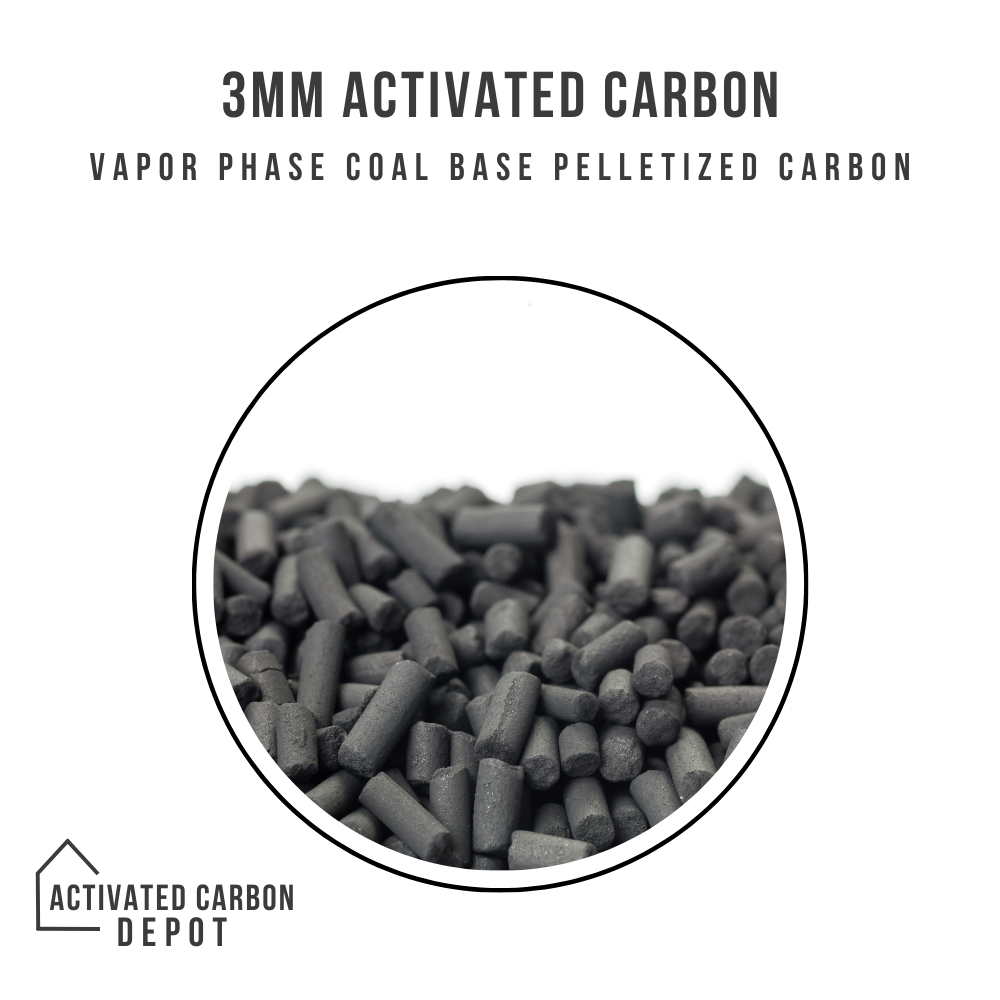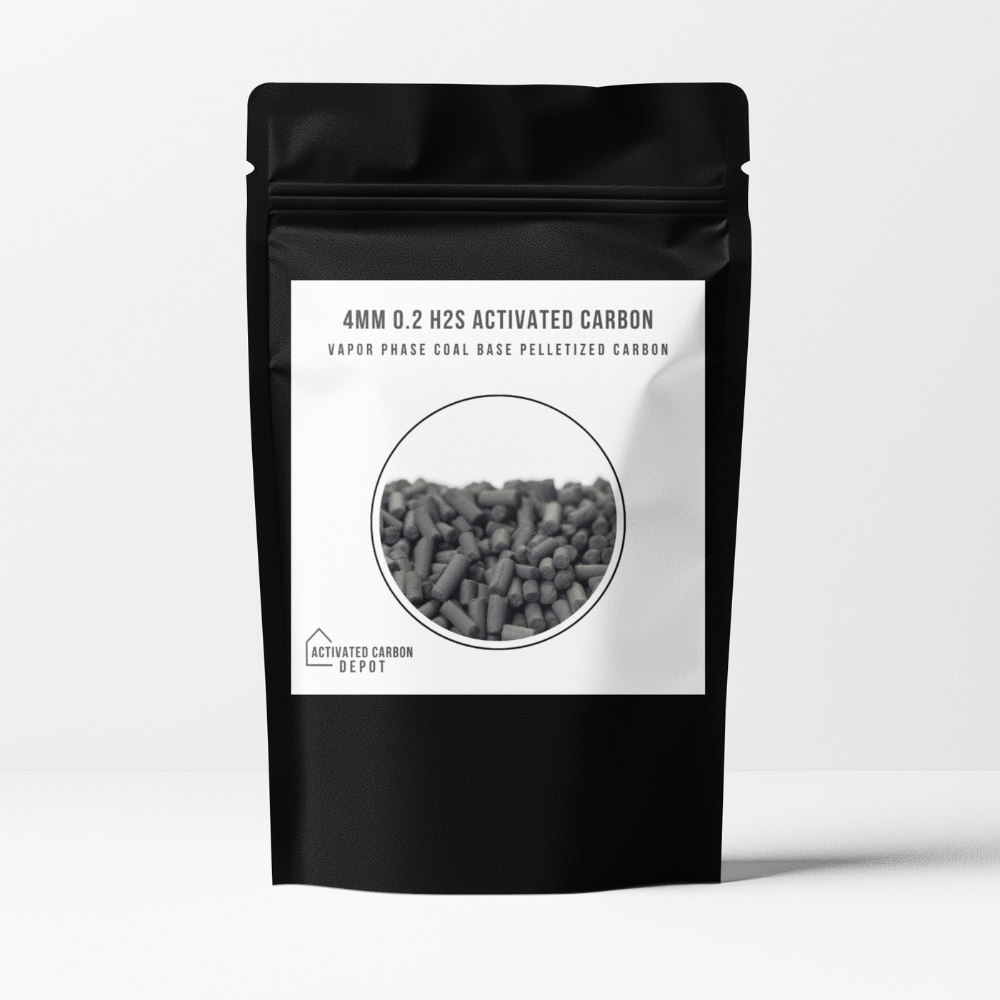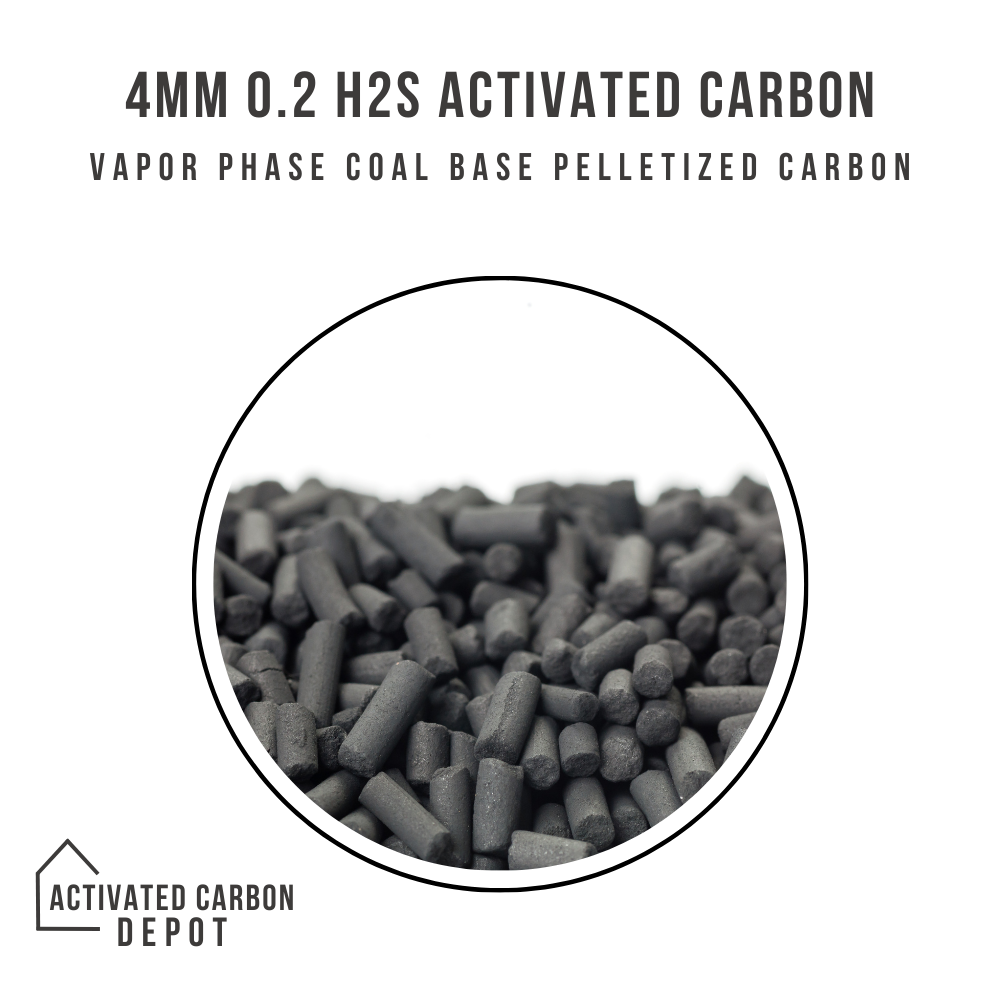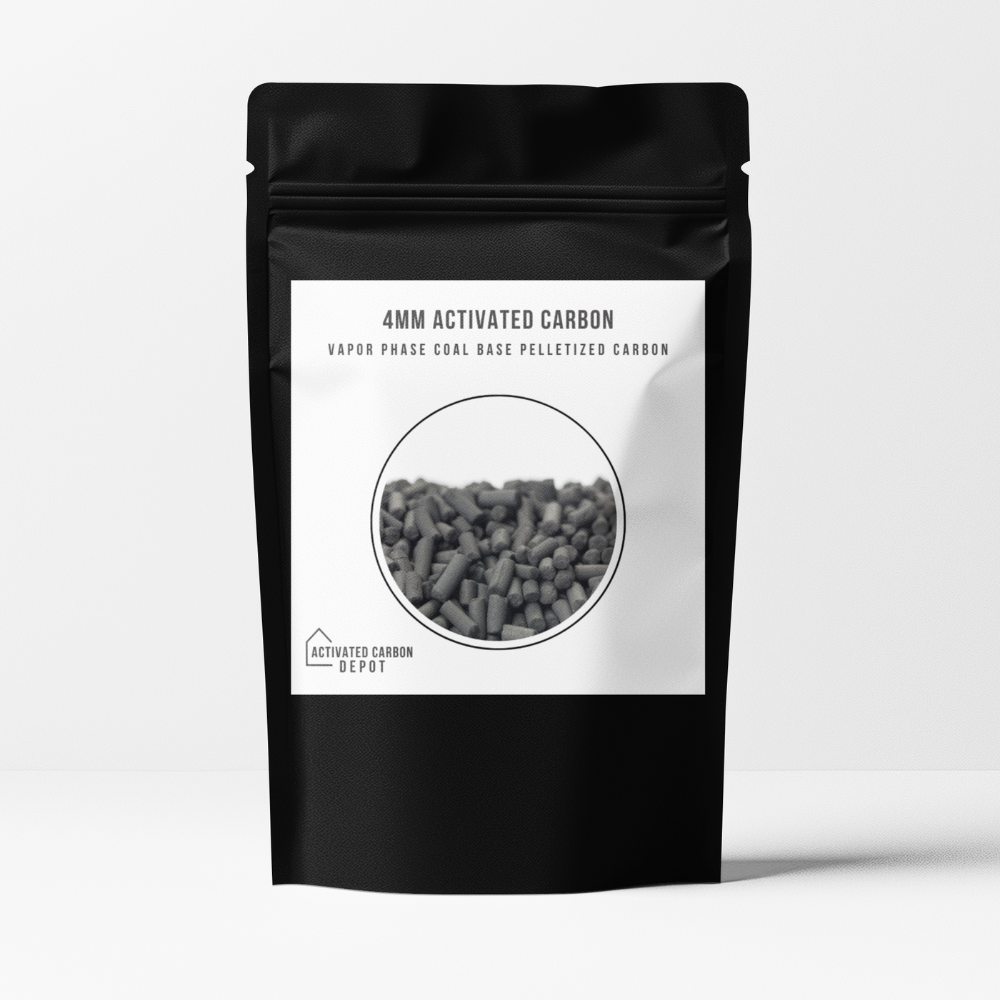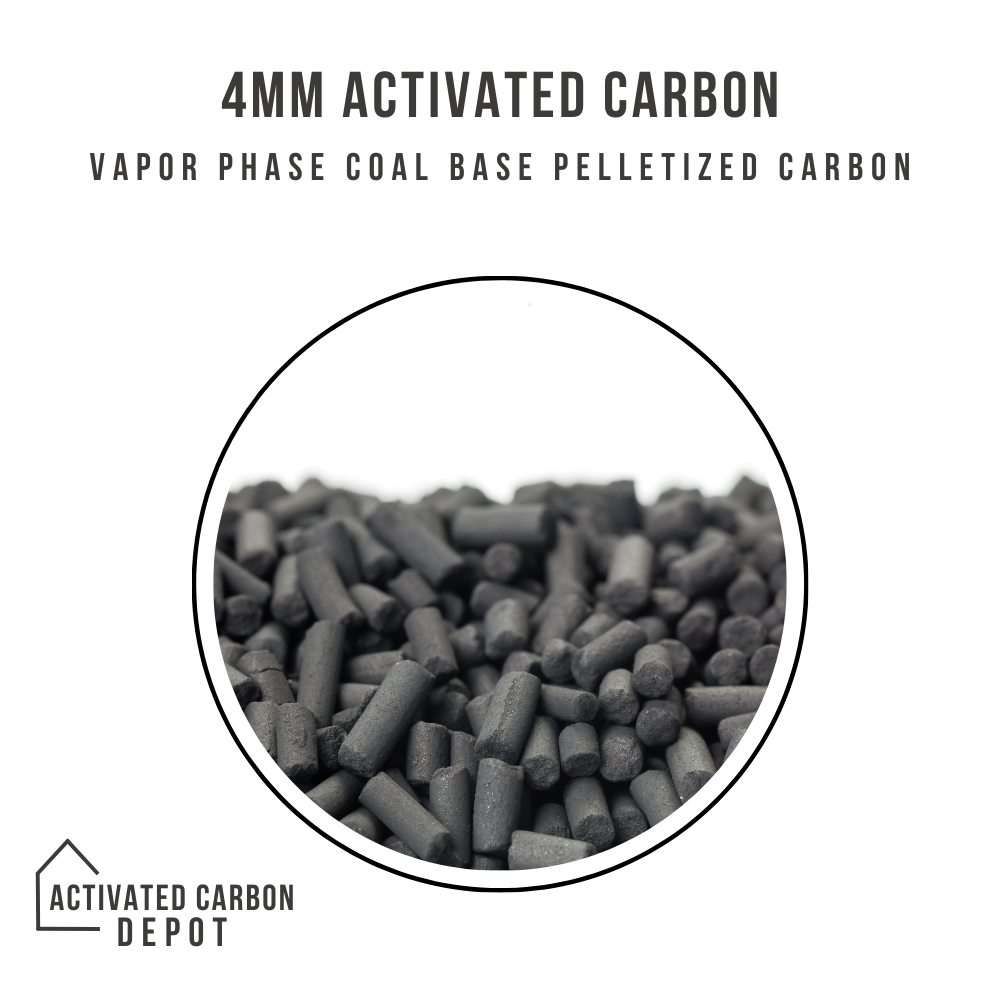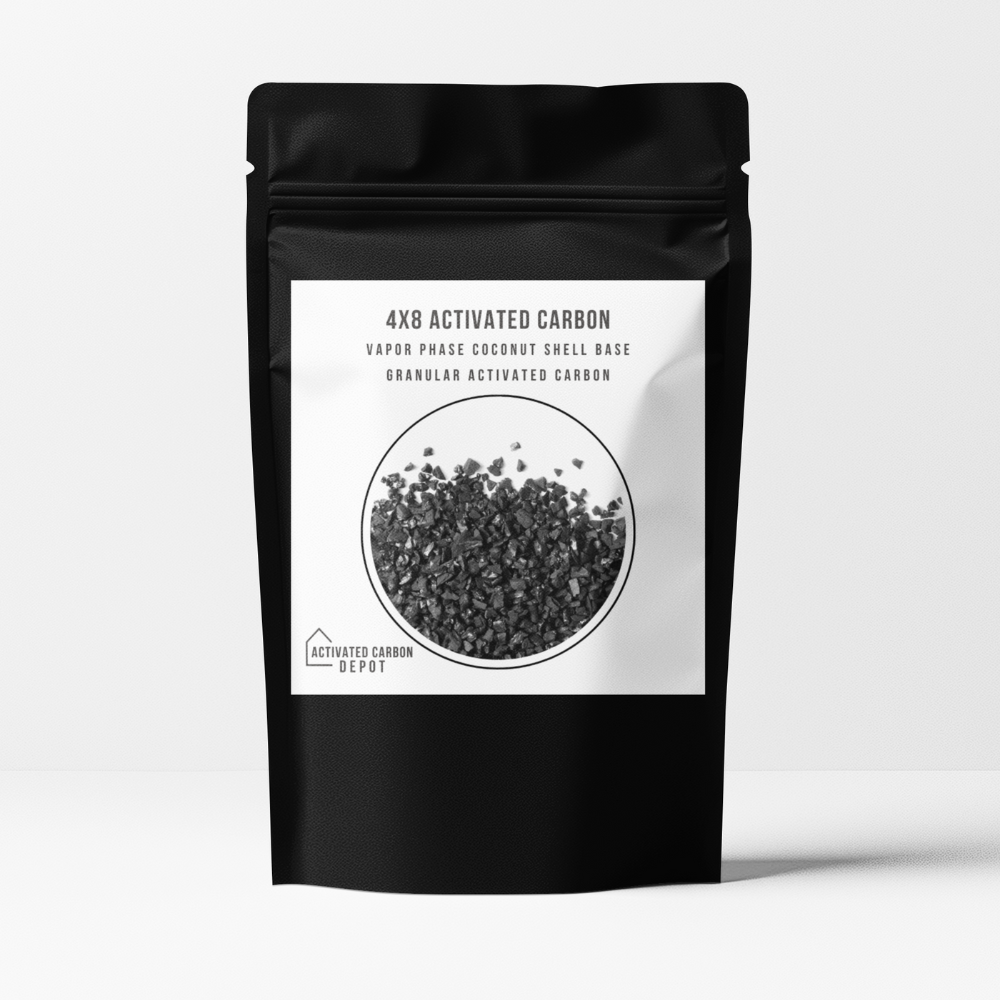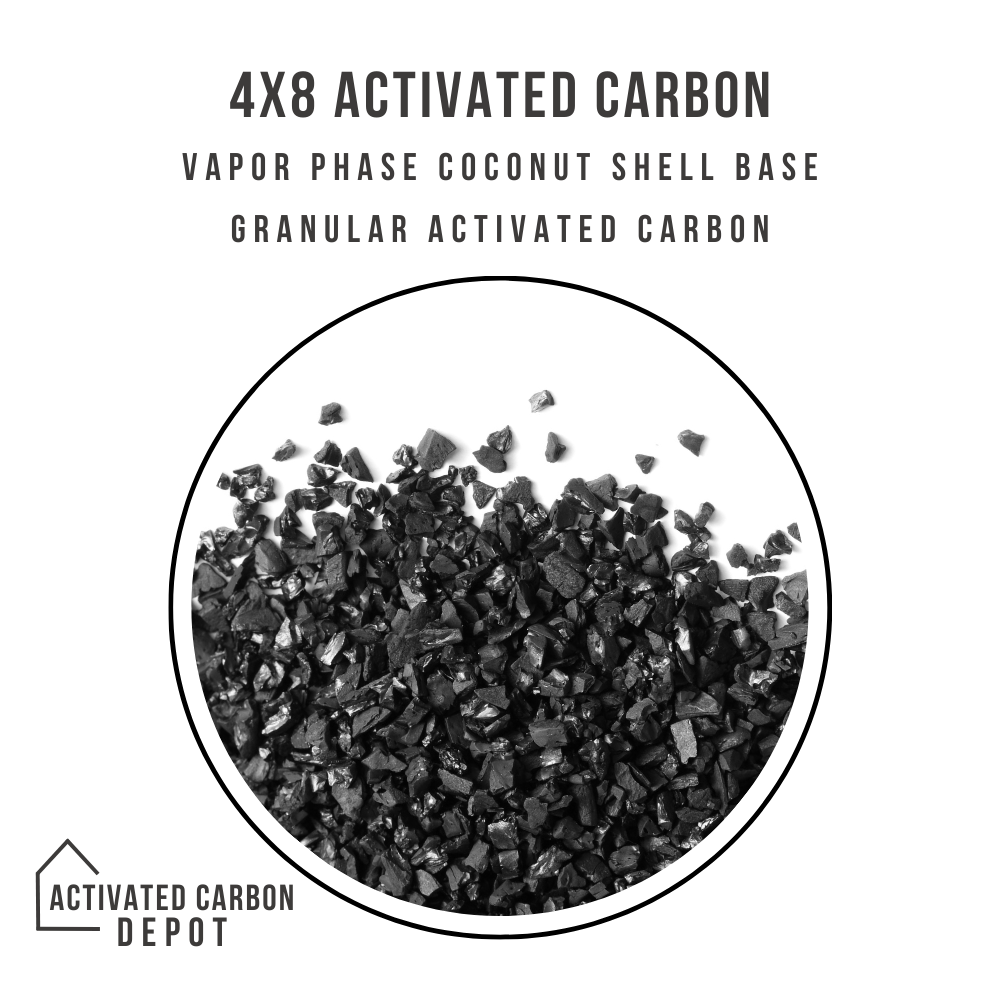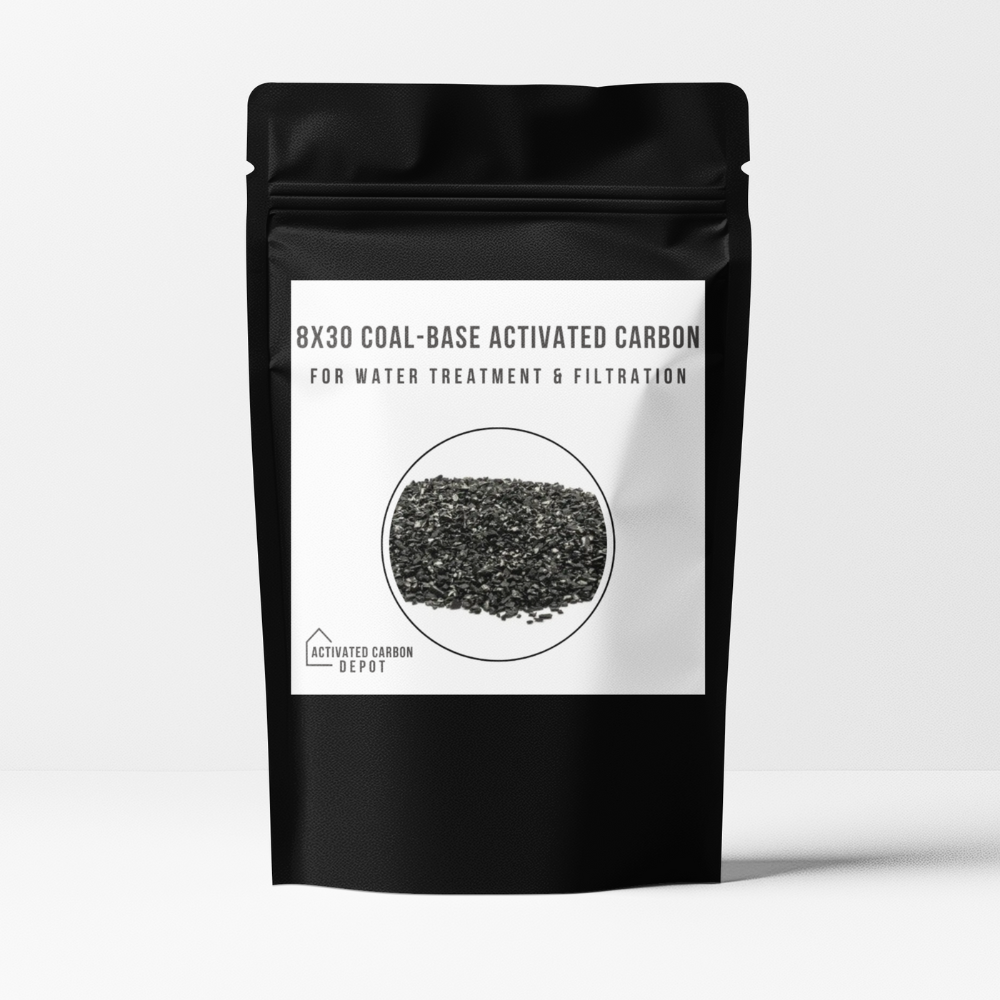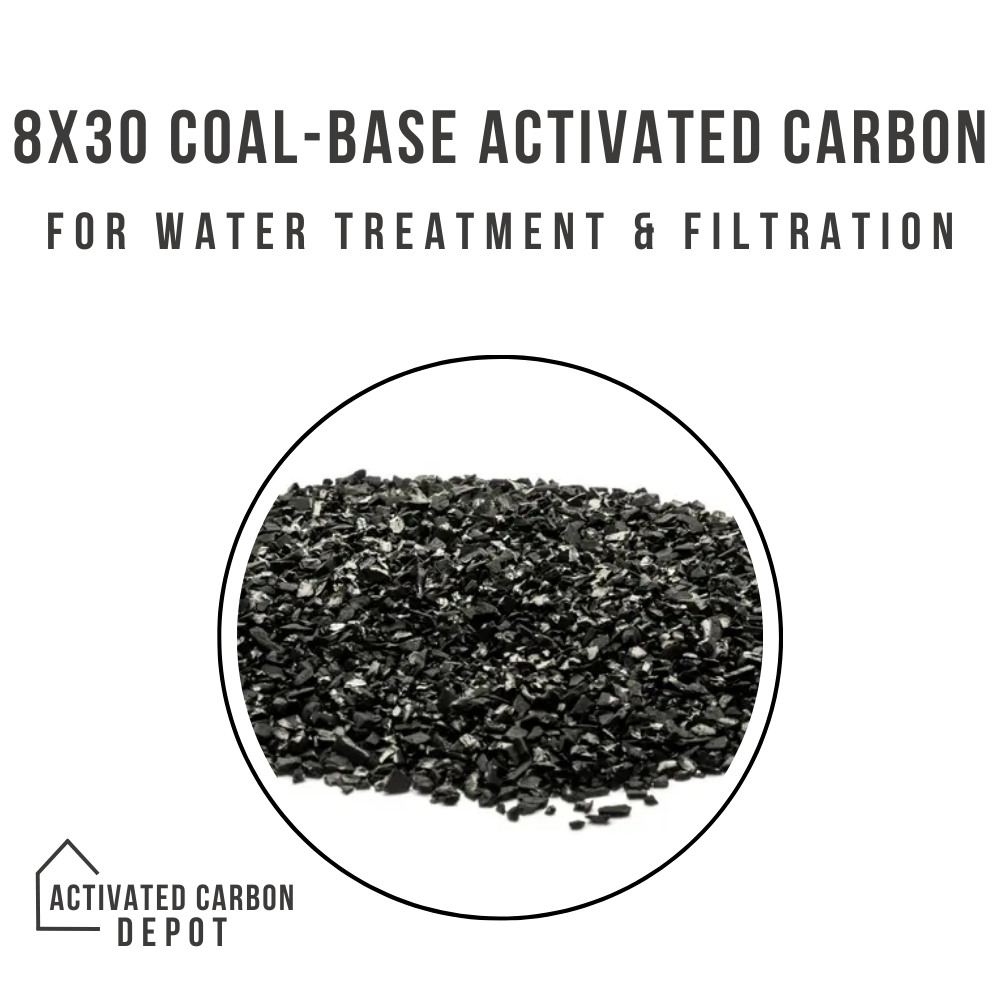At Activated Carbon Depot, we offer both 4x8 GAC and 4MM Pellet Activated Carbon made from high-grade, acid-free, thermally activated materials. Our products are ideal for 3D printer filter refills and are trusted by makers and professionals alike. Order today and keep your printing environment clean and safe.
Differences Between 4x8 Granular Activated Carbon and 4MM Pellet Carbon for 3D Printer Filter Refill
As 3D printing continues to grow in popularity across industries and hobbyist spaces alike, maintaining air quality around 3D printers has become a major priority. Fused filament fabrication (FFF) and resin-based 3D printing can release harmful compounds such as volatile organic compounds (VOCs) and ultrafine particles (UFPs). To manage these emissions, many printer manufacturers integrate carbon-based air filtration systems into their enclosures. When it comes time to refill these filters, choosing the right type of activated carbon can significantly impact air purification performance. Two of the most common refill media are 4x8 Granular Activated Carbon (GAC) and 4mm Pellet Activated Carbon. This article compares the two options and explains their role in maintaining a safe 3D printing environment.
What is Activated Carbon?
Activated carbon, also known as activated charcoal, is a form of carbon that has been processed to have a highly porous structure and large surface area. This structure allows it to adsorb a wide variety of airborne chemicals, gases, and vapors. It is commonly used in water treatment, air purification, industrial processes, and more. Thermally activated carbon is produced by heating raw materials (such as coconut shell, coal, or wood) in the absence of oxygen to develop an extensive network of pores. Acid-free activated carbon, on the other hand, avoids the use of chemical activating agents, making it suitable for applications where chemical residues are a concern—including around sensitive electronics or in consumer-facing products like 3D printer filter boxes.
Why Acid-Free Filter Media Matters for 3D Printers
Using acid-free activated carbon in 3D printer filtration systems is critical for preserving both print quality and printer longevity. Acid residues from chemically activated carbon can release corrosive vapors over time, especially in high-heat or humid environments. These vapors may damage delicate internal components such as wiring, fans, and circuit boards. Acid-free media eliminates this risk, making it a safer option for use inside enclosed printer spaces. Additionally, acid-free carbon ensures that no harmful acidic byproducts are introduced into the ambient air, which is essential for both operator safety and maintaining a clean, stable printing environment.
Key Differences Between 4x8 GAC and 4MM Pellet Carbon
1. Shape and Structure
-
4x8 Granular Activated Carbon (GAC)
-
Irregularly shaped granules
-
Mesh size ranges between 4 and 8 (larger granules)
-
Loose fill style
-
-
4MM Pellet Carbon
-
Uniform cylindrical pellets approximately 4mm in diameter
-
Densely packed and consistent airflow channels
-
Summary: Pellets offer better packing density and mechanical strength, while GAC provides a more random airflow path.
2. Surface Area and Adsorption Rate
-
GAC typically has a slightly higher accessible surface area due to the irregular shape and internal micro-pores.
-
Pellets are optimized for controlled airflow and consistent residence time.
Summary: Both perform well, but GAC may offer marginally faster adsorption under some conditions.
3. Dust Content and Cleanliness
-
GAC can release carbon dust during filling or use, potentially causing residue inside printer enclosures.
-
Pellet carbon is low-dust and cleaner to handle.
Summary: Pellet carbon is the cleaner choice for indoor consumer environments.
4. Airflow Resistance
-
GAC may restrict airflow more than pellets when packed too tightly or unevenly.
-
Pellet carbon maintains consistent airflow and is less prone to channeling.
Summary: For enclosures relying on active air movement (fan systems), pellets are often better suited.
5. Durability and Longevity
-
Pellet carbon tends to last longer due to its structure, especially in high humidity.
-
GAC may break down faster over time or during refilling.
Summary: Pellets generally offer longer service life.
Applications in 3D Printer Air Filters
3D printers that produce high-temperature thermoplastics or resins benefit from integrated carbon filters that remove airborne byproducts such as:
-
Styrene
-
Formaldehyde
-
Acetone
-
Benzene
-
Other VOCs
Both 4x8 GAC and 4MM Pellet Carbon are suitable for refilling filter boxes used in:
-
Enclosure systems
-
Fume hoods
-
External air purifiers designed for 3D printers
When selecting a refill media, always verify that the carbon is acid-free activated carbon and thermally activated to ensure high adsorption efficiency and compatibility with sensitive electronics.
Compatible 3D Printers with Activated Carbon Filter Boxes
The following 3D printers and enclosure systems use or support carbon filter elements:
-
Bambu Lab X1 Series (X1 Carbon, X1E)
-
Prusa i3 MK4 with Enclosure
-
Creality K1 Max
-
Raise3D E2 and Pro Series
-
Snapmaker Artisan and Snapmaker 2.0 Enclosure Modules
-
Ultimaker S5 Air Manager
-
Anycubic Photon Mono X 6K with Activated Carbon Fan
-
Formlabs Form 3 and Form 3L with air handling accessories
-
QIDI Tech X-Plus and X-Max models
-
Elegoo Mars 4 Ultra (with optional carbon filters)
Activated Carbon Depot's filter media for 3D printers and laser engravers is acid free and helps keep your components safe.
Note: If you're using a DIY or third-party enclosure, make sure it is designed to accommodate refillable activated carbon compartments.
Which Should You Choose?
| Feature | 4x8 Granular Carbon | 4MM Pellet Carbon |
|---|---|---|
| Shape | Irregular granules | Uniform cylindrical pellets |
| Airflow | Variable, can be restricted | Smooth and consistent |
| Dust Generation | Higher | Lower |
| Handling Convenience | Moderate | Easy |
| Service Life | Moderate | Longer |
| Cost | Slightly lower | Slightly higher |
-
Choose 4x8 GAC if you're looking for cost-effective, fast-adsorbing carbon and you're comfortable with minor dust cleanup.
-
Choose 4MM Pellet Carbon for longer life, easier handling, and consistent airflow, especially in fan-powered enclosures.
Both 4x8 Granular Activated Carbon and 4MM Pellet Carbon serve important roles in 3D printer filtration. Each offers unique benefits depending on your setup, air movement system, and maintenance preferences. No matter which type you choose, always look for acid-free activated carbon that is thermally activated to ensure safety, efficiency, and longevity. These qualities are especially important in sensitive environments like 3D printer enclosures where air quality and equipment protection go hand-in-hand.

